TASK _ CREATE A USEABLE PRODUCT BY
MANIPULATING SELF-RECORDED 3D DATA
︎︎︎
WHY ?
LET´S SCAN SOMETHING INTERESTING


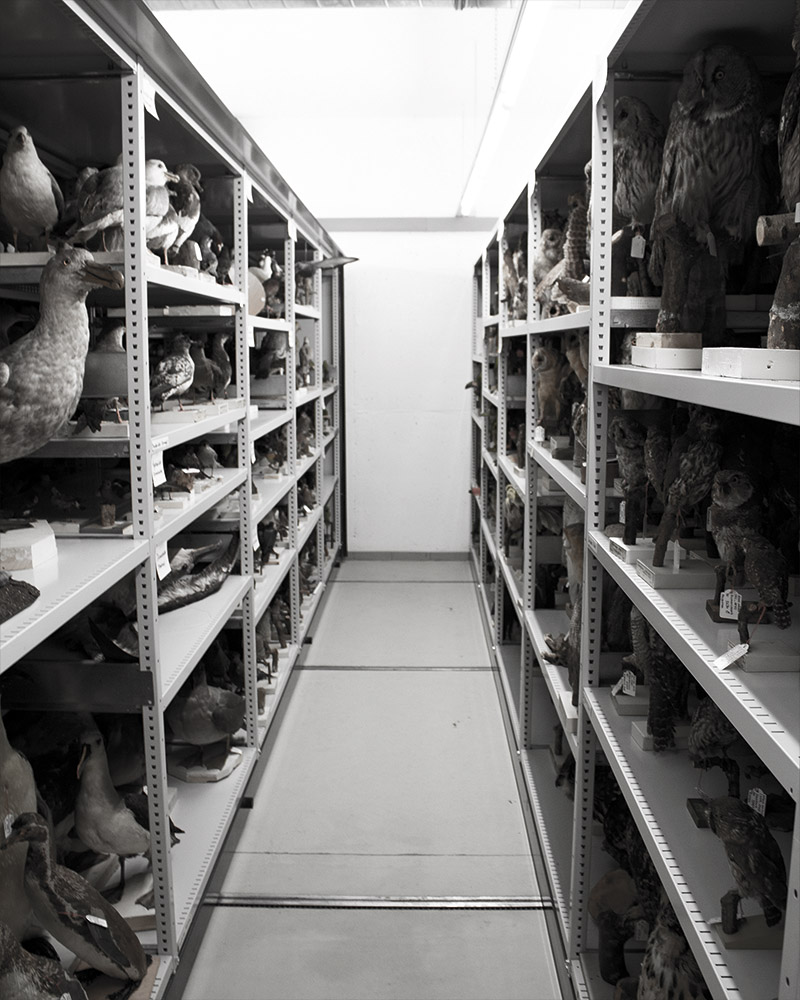

The university was equipped with 3D scanners and these were to be tested in various design projects. So we started looking for interesting scan objects. Fortunately, the Natural History Museum in Coburg allowed us to scan a variety of animals from their archives. Nature has often served as a design template, so the question was if the possibilities of accurate 3D data could be used to refine this process.
HOW ?
SEGMENTATION, MORPHING AND
TRANSLATING THE DATA BACK INTO REALITY

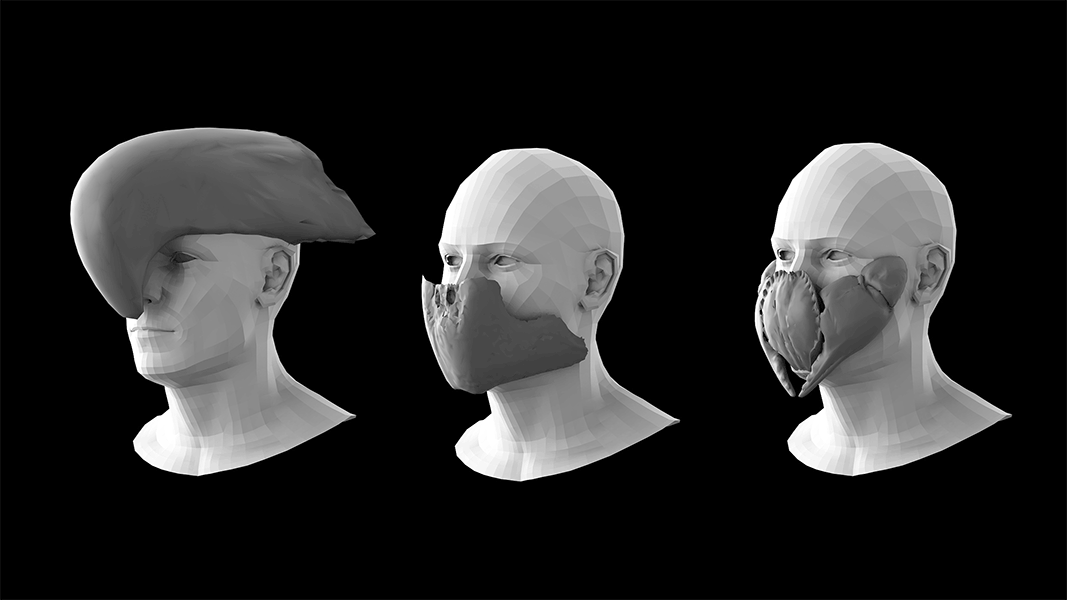
Next, by decomposing and morphing the scan segments, archetypes could be generated that might not have been created by classical viewing or drawing of animal proportions. To be able to evaluate the development and the differences due to the scan basis, I decided to create a separate product from three different animal types. In addition to proportions and functions, character traits were also transferred. After promising designs were selected, these were refined through sketches and then realized in model making.



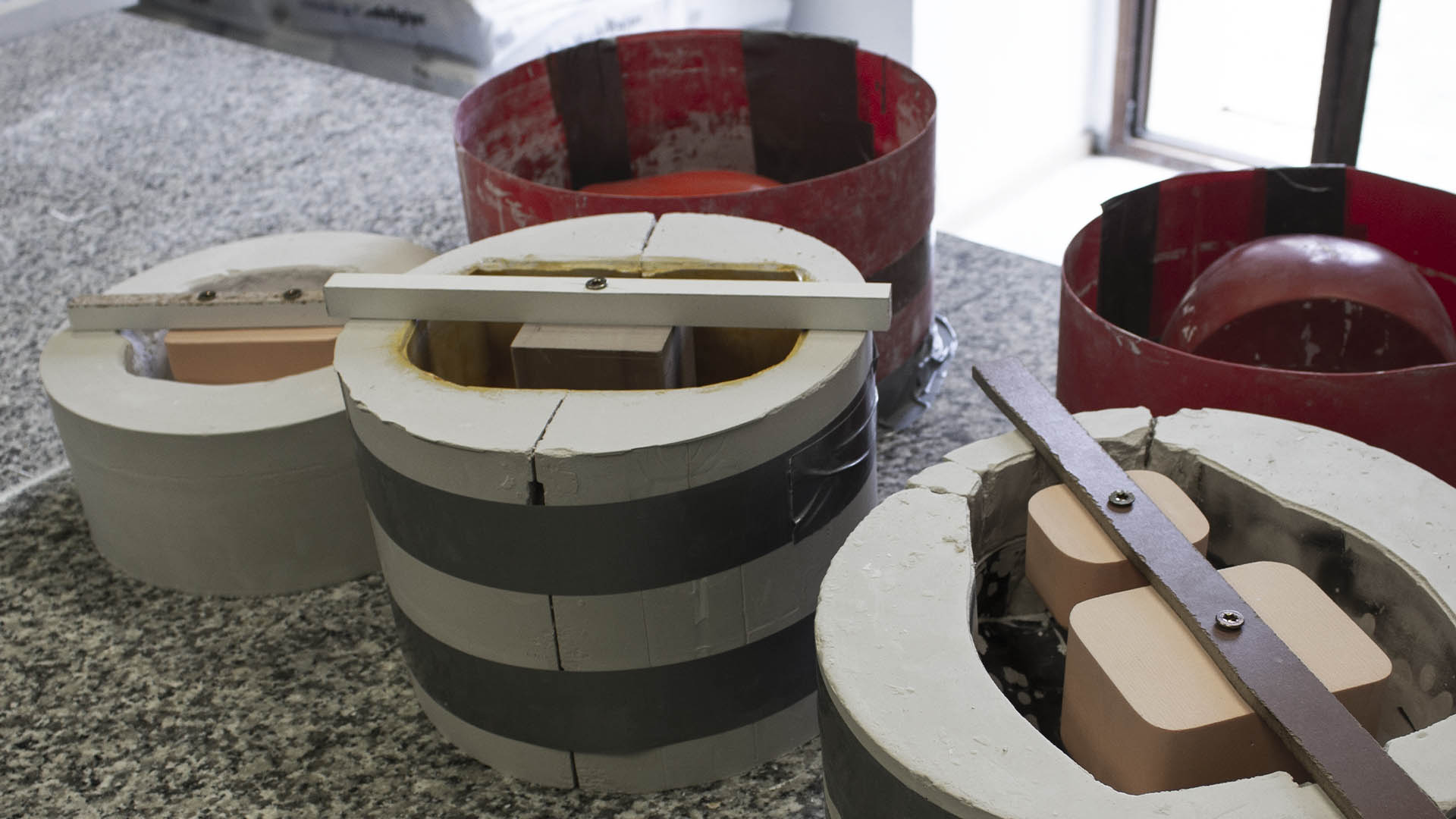


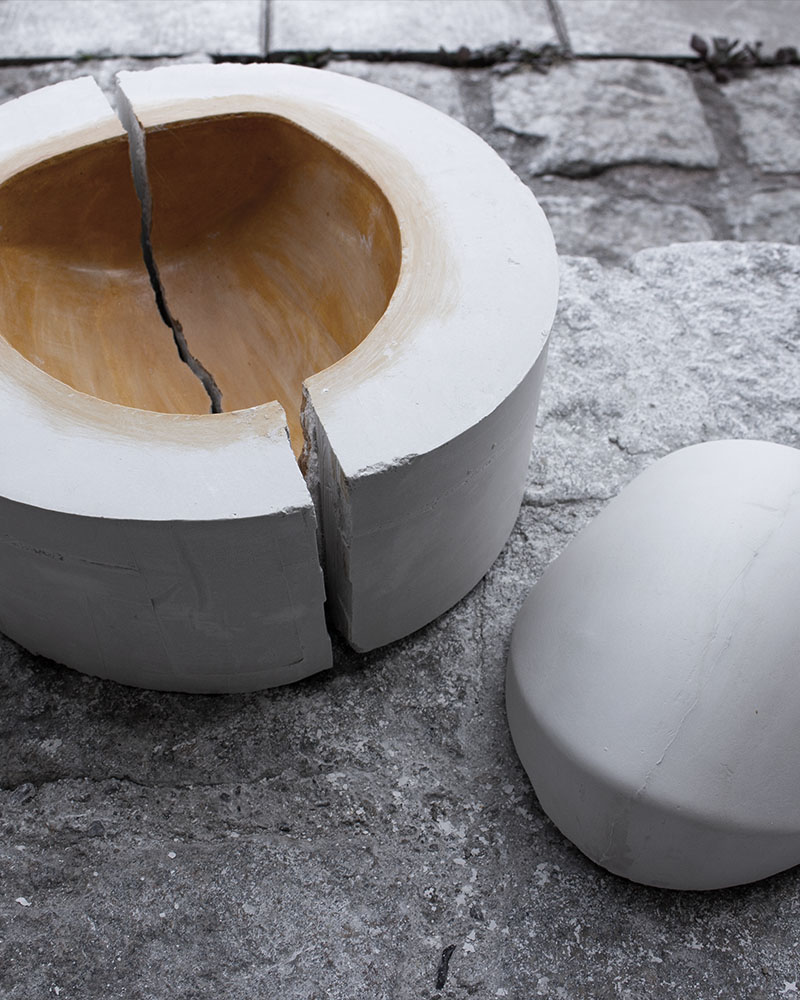




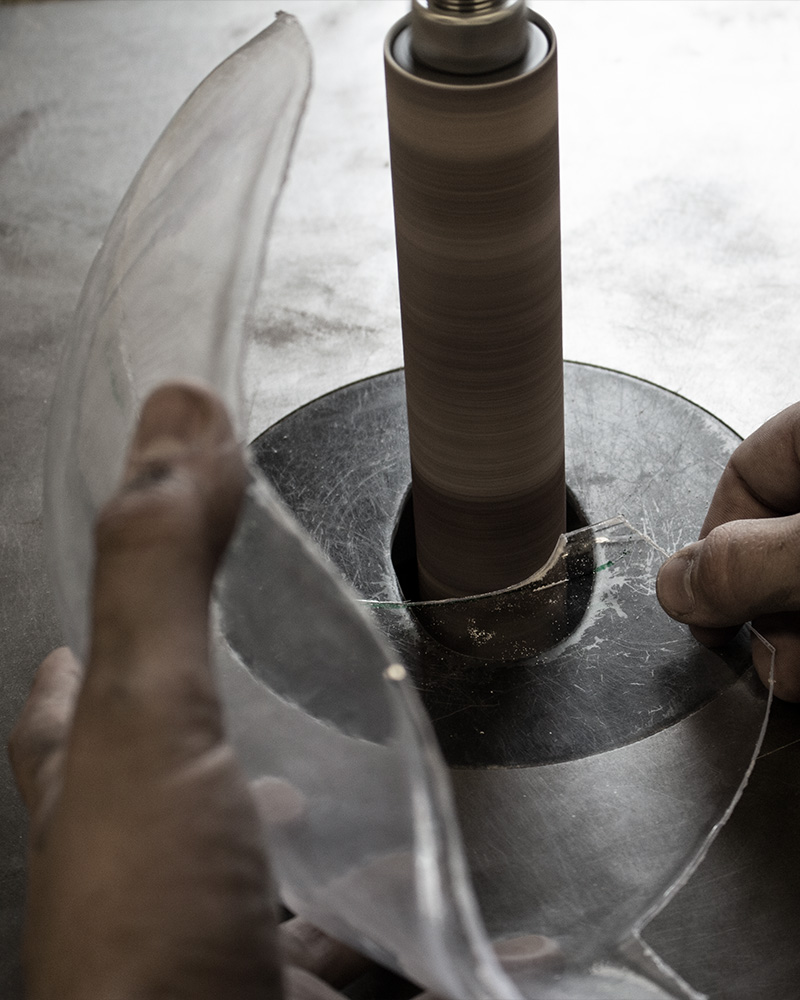



TASK _ CREATE A USEABLE PRODUCT BY
MANIPULATING SELF-RECORDED 3D DATA
︎︎︎
WHY ?
LET´S SCAN SOMETHING INTERESTING




The university was equipped with 3D scanners and these were to be tested in various design projects. So we started looking for interesting scan objects. Fortunately, the Natural History Museum in Coburg allowed us to scan a variety of animals from their archives. Nature has often served as a design template, so the question was if the possibilities of accurate 3D data could be used to refine this process.
HOW ?
SEGMENTATION, MORPHING AND TRANSLATING THE DATA BACK INTO REALITY


Next, by decomposing and morphing the scan segments, archetypes could be generated that might not have been created by classical viewing or drawing of animal proportions.
To be able to evaluate the development and the differences due to the scan basis, I decided to create a separate product from three different animal types. In addition to proportions and functions, character traits were also transferred. After promising designs were selected, these were refined through sketches and then realized in model making.















FINAL
RESULT







Project Titel _ MORPHING BIONICS | Individual Project
Supervised by Prof. Peter Raab | Coburg University of Applied Sciences
Big thanks to the “Naturkundemuseum Coburg” for their permission to use the animal exhibits in their archives.
Special thanks to Magdalena Buchberger, Moritz Gschwind, and Kevin Koch for modeling.
Special thanks to Robert Hirsch for technical support.
Supervised by Prof. Peter Raab | Coburg University of Applied Sciences
Big thanks to the “Naturkundemuseum Coburg” for their permission to use the animal exhibits in their archives.
Special thanks to Magdalena Buchberger, Moritz Gschwind, and Kevin Koch for modeling.
Special thanks to Robert Hirsch for technical support.
Project Titel _ MORPHING BIONICS | Individual Project | Supervised by Prof. Peter Raab |
Coburg University of Applied Sciences
Big thanks to the “Naturkundemuseum Coburg” for their permission to use the animal exhibits in their archives. | Special thanks to Magdalena Buchberger, Moritz Gschwind, and Kevin Koch for modeling | Special thanks to Robert Hirsch for technical support.
Big thanks to the “Naturkundemuseum Coburg” for their permission to use the animal exhibits in their archives. | Special thanks to Magdalena Buchberger, Moritz Gschwind, and Kevin Koch for modeling | Special thanks to Robert Hirsch for technical support.